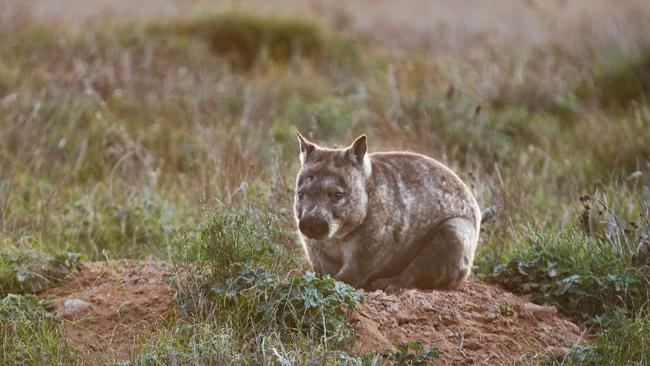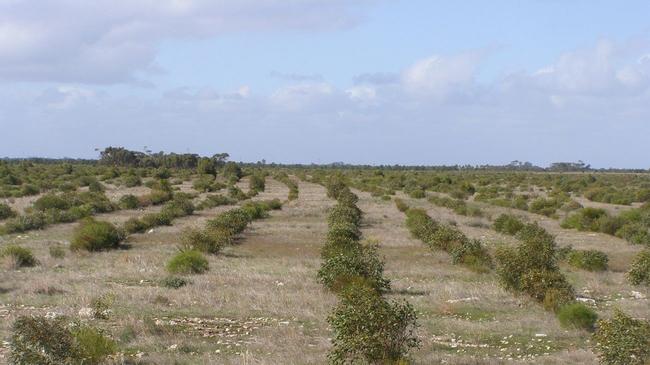Sustainable success for the Eyre Peninsula’s threatened flora and fauna at Dakalanta sanctuary
Hard work on the Eyre Peninsula is paying off after 13,000ha of land which plays home to endangered flora and fauna has undergone significant revegetation.
Port Lincoln
Don't miss out on the headlines from Port Lincoln. Followed categories will be added to My News.
The Society of Ecological Restoration (SERA) has praised Eyre Peninsula’s Dakalanta Wildlife Sanctuary after revegetation projects have proven to be a huge success.
The Australian Wildlife Conservancy and Landcare Australia teamed up in 2015 and have worked tirelessly at conserving and protecting over 13,000ha of land in Dakalanta after taking over from Earth Sanctuaries Ltd.
The area, previously used for sheep-grazing, began to show signs of long-term farming degradation and was impacting native flora and fauna, such as the drooping she-oak grassy woodlands that provided habitat for rare woodland birds.
The group received a 20 Million Trees Grant from the federal government to assist in the restoration and protection of Dakalanta’s ecologically important woodlands.
The project aimed to increase habitat for regionally threatened species such as the southern hairy-nosed wombat, western pygmy possum and little long-tailed dunnart.

The partnership exceeded expectations after their estimated planting and seeding goal of 595,000 units reached close to two million individual trees, shrubs and ground cover plants being planted.
James Walsh, head of services for Landcare Australia is ecstatic.
“This project has restored the most degraded areas of Dakalanta Wildlife Sanctuary, while also improving ecological function and landscape connectivity across Eyre Peninsula,” he said.
“A fantastic result which will help support local flora and wildlife across the region, for many years to come.”
Dakalanta Wildlife Sanctuary plays a crucial role in the sustainability of the region‘s ecosystem.
Since taking over the site in 2002, the Australian Wildlife Conservancy has established more than 165 species of flora, 22 species of mammal, 110 species of bird, 55 species of reptile and two species of frog are native to the area.

Senior Wildlife Ecologist, Keith Bellchambers, is ‘honoured’ to be working directly alongside Landcare in the successful execution of the project as they strive towards sustainability.
“The diversity and abundance of native flora now establishing across Dakalanta Wildlife Sanctuary is a great result for ecological restoration on the Eyre Peninsula,” said Keith.
“In years to come this project will help to improve landscape connectivity, increasing habitat and food availability for threatened species.“



